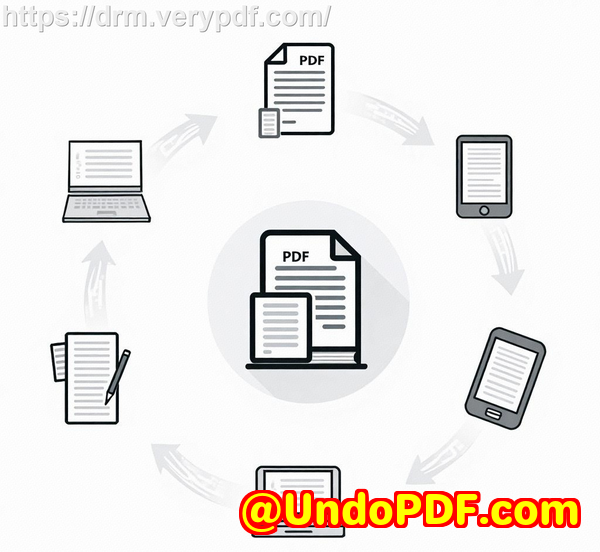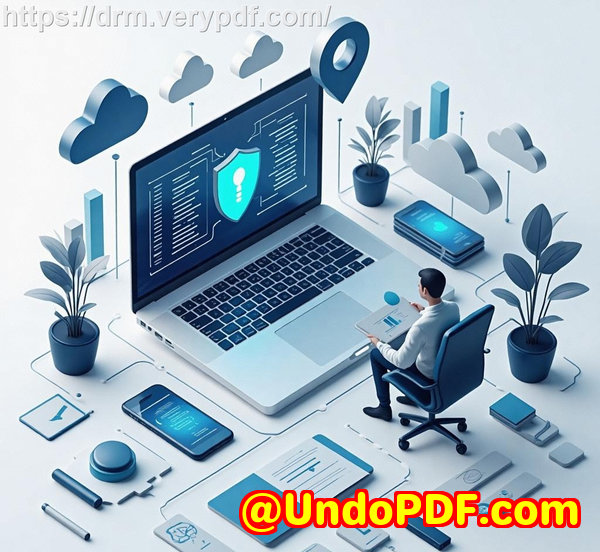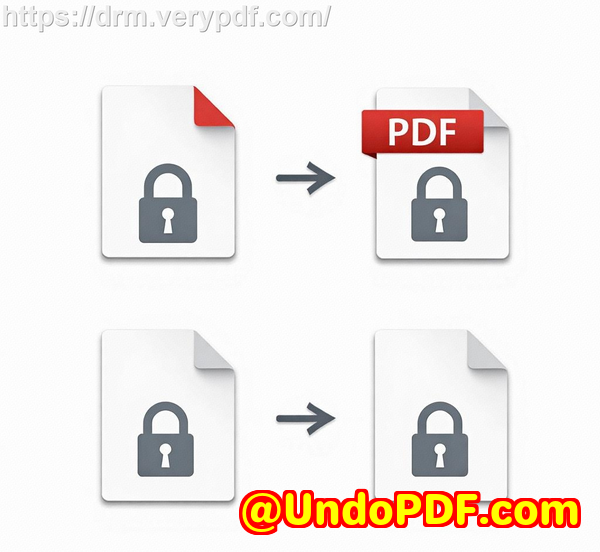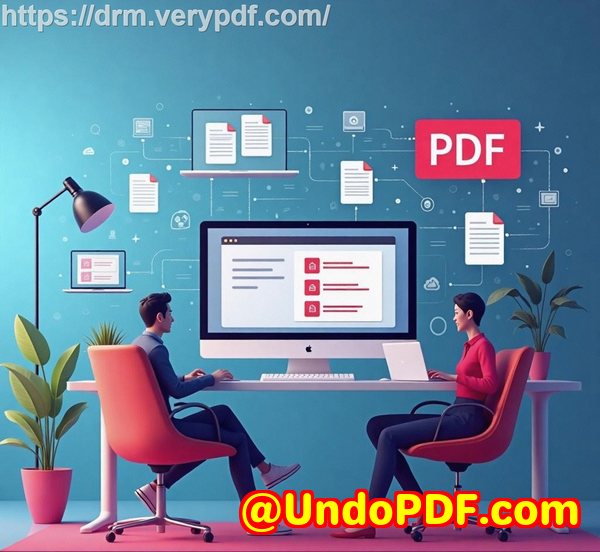Convert PDF Bank Statements to Excel or CSV Securely with 256-Bit Encryption for Finance Professionals
Convert PDF Bank Statements to Excel or CSV Securely with 256-Bit Encryption for Finance Professionals
Managing bank statements has always been one of those tedious tasks that seemed never-ending. Every month, I used to spend hours manually entering transactions from PDFs into Excel, double-checking balances, and hunting for discrepancies. For finance professionals, accountants, or even small business owners, this is a familiar pain pointespecially when dealing with multiple accounts from different banks. Copying and pasting tables from PDF statements felt like a never-ending maze, with the constant risk of misplacing a digit or misaligning a row.

That’s when I discovered VeryPDF Table Extractor, and it completely changed how I handled PDF bank statements. This tool is built specifically for converting PDF bank statements from thousands of banks worldwide into clean Excel, CSV, or JSON formats. It’s designed for finance professionals who need accuracy, speed, and security without the endless manual work.
What I love about VeryPDF Table Extractor is how effortlessly it handles PDF files, no matter the source. Whether it’s a standard digital PDF or a scanned document, the tool leverages AI-powered technology and OCR to extract tables with incredible precision. For instance, I recently uploaded three months’ worth of bank statements from different institutionsChase, HSBC, and Barclaysall in different formats. Within seconds, the system converted everything into a structured Excel sheet, with all transaction dates, descriptions, amounts, and account details perfectly aligned. No formulas, no messy copy-paste, just clean data ready to analyse.
Fast, Secure, and Accurate Conversion
One standout feature is the lightning-fast conversion. I remember trying another PDF converter before, and it was painfully slow, sometimes crashing when handling larger statements. With VeryPDF, even multiple PDFs convert simultaneously, which is a massive time-saver. I could batch process all my statements for the entire quarter in a single session.
Security is another area where VeryPDF shines. Every connection uses 256-bit encryption, giving me confidence that sensitive financial information remains private. Unlike other services that store your files indefinitely, VeryPDF only processes your data temporarily and deletes everything after conversion. For a finance professional handling client data or sensitive corporate accounts, this level of security is non-negotiable.
I also appreciated how the tool supports password-protected PDFs. Before discovering VeryPDF, encrypted statements often caused errors or required workarounds. Now, I just upload the file, and it converts seamlessly. This feature alone saved me countless hours when dealing with secure statements from corporate clients.
Customisable Output and Integration
Another advantage is the flexibility in output formats. You can choose between Excel (XLSX) or CSV, depending on whether you want to analyse the data in spreadsheets or integrate it with accounting software. Personally, I prefer Excel for reviewing trends and balances, while CSV works best when syncing with ERP systems. The AI accurately recognises table structures, so I didn’t have to spend time manually adjusting columns or fixing broken rows.
VeryPDF Table Extractor also shines for institutional use. As someone who occasionally works with clients who have multiple bank accounts, the ability to convert several PDFs into a single consolidated CSV is a lifesaver. This feature drastically reduced the time I spent reconciling accounts and allowed me to focus on actual analysis instead of tedious data entry.
Why VeryPDF Outperforms Other Tools
I’ve tried a handful of other PDF-to-Excel tools, and the difference is night and day. Some converters struggle with scanned PDFs or complex table layouts, producing messy outputs requiring hours of cleanup. Others lack batch processing or fail with password-protected documents. VeryPDF overcomes all these hurdles with a simple, intuitive interface, enterprise-level security, and an AI engine continuously trained on thousands of statement formats.
One example that stands out: I once had a client with statements from a lesser-known bank in South America. Previous tools failed to recognise the table layout entirely, leaving me to manually reconstruct the data. With VeryPDF Table Extractor, I uploaded the PDF, and it converted it perfectly on the first try. Later, I even reached out to request support for a new bank format, and they integrated it within two business days. That responsiveness alone sets them apart.
Practical Use Cases
VeryPDF Table Extractor is versatile. Some of the scenarios where I find it invaluable include:
-
Monthly accounting reconciliation Convert all client bank statements quickly and accurately.
-
ERP integration Export statements in CSV for automated transaction reconciliation.
-
Audit preparation Prepare clean Excel files for auditors, avoiding errors from manual data entry.
-
Corporate finance reporting Consolidate multiple accounts into a single format for financial analysis.
-
Legal and compliance reviews Ensure every transaction is documented accurately for compliance purposes.
Getting Started in Three Simple Steps
The simplicity is what makes it so effective:
-
Upload Your PDF Drag and drop your bank statement(s) from your computer, Dropbox, Google Drive, or other storage services.
-
Choose Output Format Select Excel (.xlsx) or CSV (.csv) depending on your workflow.
-
Convert & Download Click convert, and the file is ready within seconds, accurately formatted and ready for analysis.
I can’t overstate how much time this has saved me. Previously, processing a single month of statements could take hours. Now, I can convert multiple statements in minutes with zero errors.
Conclusion and Recommendation
If you regularly handle PDF bank statements, VeryPDF Table Extractor is a game-changer. It solves the practical problems of manual data entry, messy table extraction, and security concerns. Personally, I’d highly recommend this to anyone who deals with large volumes of PDFs or needs precise financial data without the headache.
Click here to try it out for yourself: https://table.verypdf.com/
Custom Development Services by VeryPDF
VeryPDF offers comprehensive custom development services to meet unique technical requirements. Whether you need specialised PDF processing tools for Windows, Linux, macOS, or server environments, VeryPDF delivers.
Services include developing utilities with Python, PHP, C/C++, Windows API, Linux, Mac, iOS, Android, JavaScript, C#, .NET, and HTML5. VeryPDF creates Windows Virtual Printer Drivers for PDF, EMF, and image formats, monitors printer jobs, and captures system or application-level API calls.
They also offer advanced solutions for document formats like PDF, PCL, PRN, Postscript, EPS, and Office documents. This includes OCR, table recognition, barcode generation, layout analysis, and document form generation. Cloud solutions, digital signatures, DRM protection, and document management tools are also available.
For customised solutions, contact VeryPDF at https://support.verypdf.com/ to discuss your project needs.
FAQ
1. How do I convert a PDF bank statement to Excel or CSV?
Simply upload your PDF, select the output format (Excel or CSV), click convert, and download the file. The AI engine handles table extraction automatically.
2. Can I convert multiple PDFs at once?
Yes, batch processing is supported, allowing you to convert multiple statements simultaneously, saving hours of manual work.
3. Is my data secure during conversion?
Absolutely. Every connection is encrypted with 256-bit technology, and files are deleted after conversion. No sensitive information is stored.
4. Does it support password-protected PDFs?
Yes, encrypted PDFs are supported. You can upload them directly, and the system converts them without extra steps.
5. Which banks are supported?
VeryPDF supports statements from all major banks worldwide and can add new bank formats upon request, usually within two business days.
Tags or keywords
PDF bank statement converter, Excel PDF conversion, CSV bank statement, finance automation, AI PDF table extractor, secure PDF conversion, batch PDF processing



